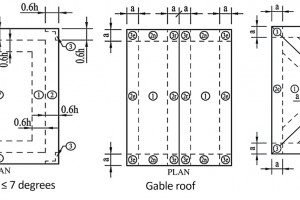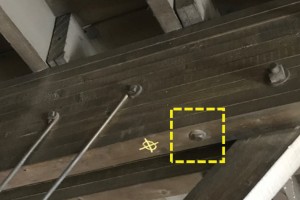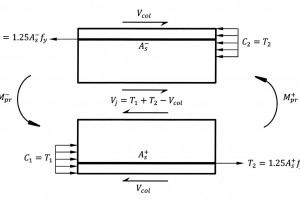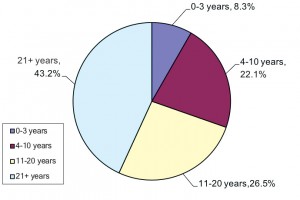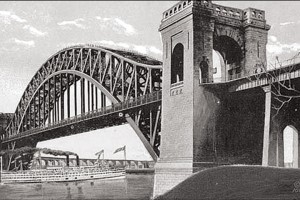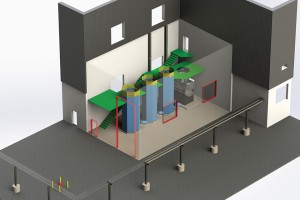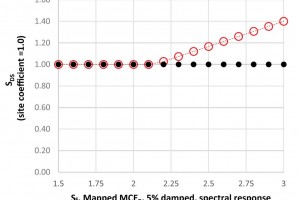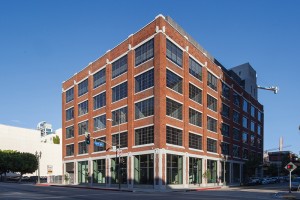Determining Components and Cladding Roof Design Pressures
Component and cladding (C&C) roof pressures changed significantly in ASCE 7-16, Minimum Design Loads and Associated Criteria for Buildings and Other Structures. For flat roofs, the corner zones changed to an ‘L’ shape with zone widths based on the mean roof height and an additional edge zone was added. …

